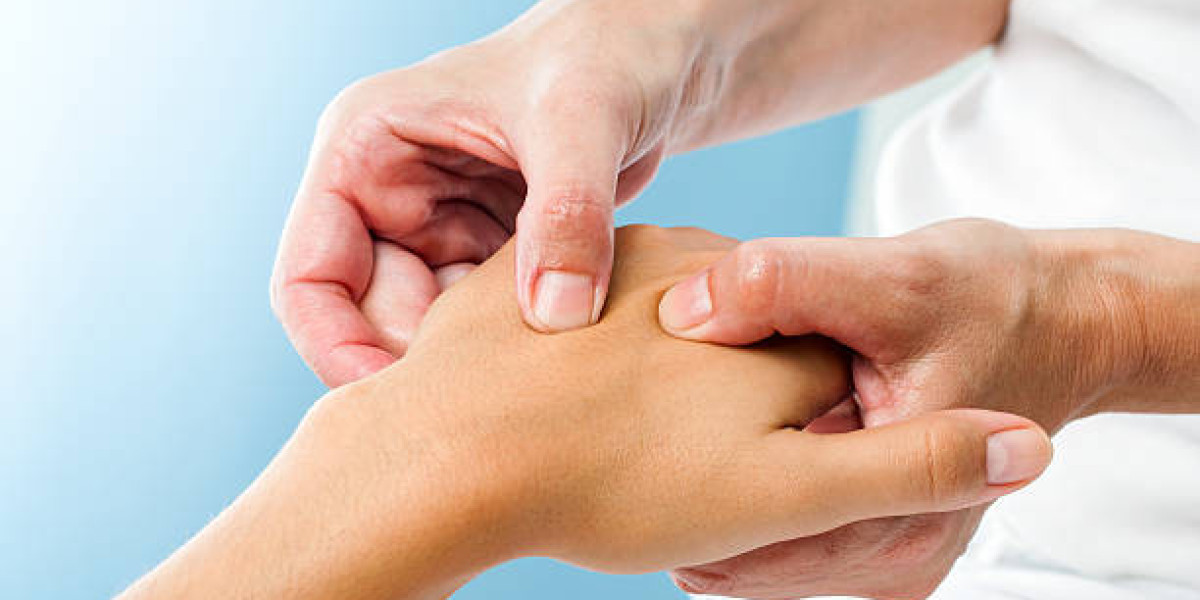Hand injuries can affect everyday tasks more than we expect — from typing and lifting to cooking, carrying groceries, or even holding a toothbrush. For many people in Singapore, getting the right support early makes a big difference in how smoothly and quickly the recovery process goes. That’s where specialized hand therapy becomes incredibly helpful, offering structured techniques that help restore mobility, strength, and comfort in a safe and guided way.
At Heartland Rehab, we focus on personalised care, ensuring your recovery journey feels manageable, encouraging, and well-supported from start to finish. With the right blend of guidance and targeted treatment, hand therapy can help you regain confidence in daily activities without rushing the healing process.
How Targeted Exercises Help Improve Hand Strength and Mobility
One of the most effective elements of therapy for hands is the use of specific exercises designed to match your exact condition. These exercises are not generic — they are carefully chosen to strengthen your muscles without causing additional strain.
Common goals of these exercises include:
Increasing grip strength gradually
Improving finger coordination
Enhancing wrist flexibility
Reducing stiffness in joints
Supporting smoother everyday movements
When done consistently, these exercises support the core purpose of specialized hand therapy, helping your hands regain natural function step by step.
Using Hands-On Techniques to Reduce Pain and Support Healing
Manual techniques such as soft tissue mobilisation, gentle stretching, and joint movements play a big role in improving circulation and easing tightness. These hands-on methods also support tissue recovery after injuries, overuse strain, or surgery.
Why these techniques make a difference
They help relieve tension around the injury
They break down stiffness and scar tissue
They restore normal movement patterns
They enhance comfort during daily activities
Therapists may incorporate these methods as part of your hand therapy plan, ensuring your recovery feels smoother and less painful.
The Role of Functional Training in Making Everyday Tasks Easier
Beyond exercises, specialized hand therapy also focuses on functional activities — movements that mirror daily tasks. This helps you regain confidence and normal function at a pace that feels comfortable.
Examples of functional training
Picking up small objects to improve finger mobility
Practising writing or typing for work readiness
Retraining grip patterns for lifting items
Rebuilding coordination for precise hand movements
These activities make therapy for hands more relatable and practical, bridging the gap between therapy and real-life needs.
How Supportive Devices and Splints Aid the Recovery Process
In certain situations, supportive devices such as splints or braces help stabilise the hand and protect healing tissues. These are customised to ensure proper alignment and comfort.
Benefits of using supportive devices
Prevents unnecessary strain
Helps maintain proper positioning
Protects healing tissues during daily use
Supports smoother, safer movements
Therapists also guide you on when and how to use these supports so they complement your progress rather than restrict it.
Comparing Common Techniques Used in Hand Therapy
| Technique | Purpose | Benefit to Recovery |
|---|---|---|
| Strengthening Exercises | Build muscle and improve grip | Better control and stability |
| Manual Therapy | Reduce stiffness and tension | Improved comfort and mobility |
| Functional Training | Relearn everyday tasks | Restores confidence and coordination |
| Splinting | Protect injured structures | Helps maintain alignment |
These techniques work together to create a complete, structured approach that guides your healing journey.
How Heartland Rehab Supports Your Hand Recovery Journey
At Heartland Rehab, we use a personalised and supportive approach for every individual. We take time to understand your needs, daily routines, and comfort level before developing a customised hand therapy plan. From gentle exercises to functional training and splinting guidance, we ensure your therapy for hands is safe, effective, and encouraging.
Our goal is to help you return to your everyday activities confidently, using the strength-focused and mobility-based methods found in specialized hand therapy to support your long-term recovery.







